Table of content
Chestnuts, with their sweet, nutty flavor and tender texture, have been a beloved autumn and winter treat for centuries. Whether enjoyed as a street food snack, incorporated into holiday recipes, or paired with hearty meals, these versatile nuts demand precision in preparation. One of the most common questions among home cooks and food enthusiasts alike is: How long does it take to roast chestnuts to perfection? The answer, while seemingly straightforward, hinges on a delicate balance of heat, technique, and patience. This article delves into the science and craft of roasting chestnuts, exploring variables that influence cooking time, step-by-step methods, troubleshooting tips, and cultural insights to ensure your next batch is golden, aromatic, and irresistibly delicious.
Understanding the Basics: What Determines Roasting Time?
Roasting chestnuts is not a one-size-fits-all process. Several factors influence how long it takes to transform a raw, starchy nut into a culinary delight:
-
Chestnut Size and Variety: Larger chestnuts require more time to cook through, while smaller varieties may roast faster. Additionally, species like European chestnuts (Castanea sativa) and Japanese chestnuts (Castanea crenata) may have subtle differences in density and moisture content.
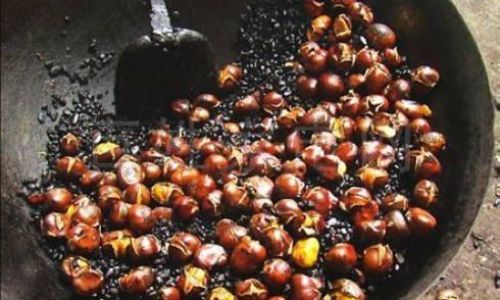
-
Heat Source and Method: Roasting techniques vary widely, from open-fire grilling to oven baking, stovetop pan-frying, or even microwave cooking. Each method alters cooking time and texture.
-
Preparation Techniques: Scoring the shell (cutting an “X” or slit) before roasting is non-negotiable—it prevents explosions and allows steam to escape. Some chefs soak chestnuts in water beforehand to soften the shell, potentially reducing roasting time.
-
Desired Texture: Do you prefer a slightly crisp exterior with a creamy center, or a softer, uniformly tender nut? Cooking time adjusts based on texture preferences.

The Ideal Roasting Time: A Range, Not a Rule
While recipes often cite 15–25 minutes as the standard roasting window, this is a guideline, not a guarantee. Let’s break down the nuances:
- Oven Roasting: At 350–425°F (175–220°C), chestnuts typically take 20–25 minutes. Preheat the oven, score the shells, and arrange them in a single layer on a baking tray. Halfway through, shake the tray to ensure even cooking.
- Stovetop Pan-Roasting: Using a heavy-bottomed skillet over medium heat, chestnuts roast in 15–20 minutes. Stir frequently to prevent burning.
- Open Fire or Grill: Direct heat cooking (e.g., over charcoal or a wood fire) mimics street-vendor methods. Expect 10–15 minutes, turning frequently to avoid charring.
- Microwave: Though less traditional, microwaving scored chestnuts on high for 1–2 minutes (per 4–6 nuts) offers a quick fix. However, this method may yield a drier texture.
Key Takeaway: Always prioritize visual and tactile cues over strict timing. Overcooked chestnuts become dry and mealy; undercooked ones remain starchy and difficult to peel.
Step-by-Step Guide to Roasting Chestnuts
Selecting and Preparing Chestnuts
- Freshness Matters: Choose chestnuts that are firm, glossy, and heavy for their size. Avoid those with mold, cracks, or hollow sounds when shaken.
- Storage: Store raw chestnuts in a cool, dry place (like a refrigerator) for up to two weeks. Moisture accelerates spoilage.
- Scoring: Using a sharp paring knife or chestnut knife, cut an “X” or straight line into the flat side of each nut. This step is critical—unscored chestnuts may explode in the oven.
Oven Roasting Method
- Preheat: Set the oven to 400°F (200°C).
- Prep: Soak scored chestnuts in warm water for 10 minutes (optional but recommended for easier peeling).
- Arrange: Place chestnuts cut-side up on a baking tray. Leave space between them for heat circulation.
- Roast: Bake for 20 minutes. Test for doneness by piercing the flesh with a knife—it should offer slight resistance but not be crunchy.
- Rest: Wrap roasted chestnuts in a kitchen towel for 5 minutes. The steam loosens the shells, making peeling easier.
Stovetop Pan-Roasting
- Heat: Use a cast-iron skillet over medium heat. Do not add oil.
- Cook: Arrange scored chestnuts in a single layer. Roast for 15–20 minutes, shaking the pan every 5 minutes.
- Finish: Remove from heat when the shells curl slightly and the aroma intensifies.
Open-Fire Roasting
- Equipment: Use a wire mesh basket or foil packet with ventilation holes.
- Technique: Roast over glowing embers (not flames) for 10–15 minutes, turning every 3–4 minutes.
- Safety: Wear heat-resistant gloves to avoid burns.
Troubleshooting Common Issues
-
Uneven Cooking:
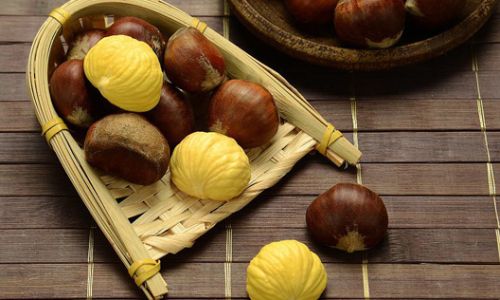
- Cause: Overcrowding the pan or tray.
- Fix: Roast in batches or use a convection oven for better airflow.
-
Burnt Exteriors, Raw Interiors:
- Cause: Oven temperature too high or insufficient scoring.
- Fix: Reduce heat to 375°F (190°C) and ensure shells are deeply scored.
-
Difficult Peeling:
- Cause: Under-roasting or insufficient resting time.
- Fix: Roast 2–3 minutes longer and wrap in a towel post-cooking.
-
Dry, Crumbly Texture:
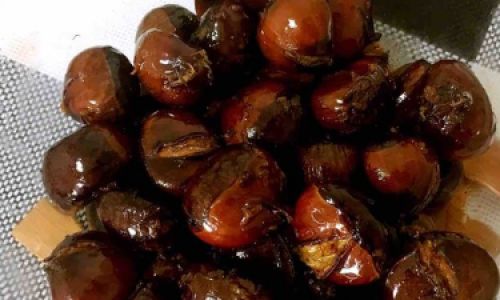
- Cause: Overcooking.
- Fix: Monitor closely and remove from heat when the flesh is tender but not mushy.
Creative Recipes Featuring Roasted Chestnuts
Classic Roasted Chestnuts with Herb Butter
- Ingredients: 1 lb roasted chestnuts, 4 tbsp unsalted butter, 1 tbsp chopped rosemary, 1 garlic clove (minced).
- Instructions:
- Melt butter in a saucepan. Stir in rosemary and garlic.
- Toss roasted chestnuts in the herb butter.
- Serve warm as a holiday appetizer.
Chestnut and Mushroom Stuffing
- Ingredients: 2 cups roasted chestnuts (chopped), 1 lb mixed mushrooms (sautéed), 1 onion (diced), 2 cups stale breadcrumbs, 1 cup vegetable broth.
- Instructions:
- Sauté mushrooms and onions until golden.
- Mix with chestnuts, breadcrumbs, and broth.
- Bake at 350°F (175°C) for 30 minutes.
Chestnut Soup with Truffle Oil
- Ingredients: 1.5 lbs roasted chestnuts, 4 cups vegetable stock, 1 cup heavy cream, 1 shallot (minced), truffle oil for garnish.
- Instructions:
- Sauté shallots in butter. Add chestnuts and stock.
- Simmer for 20 minutes, then blend until smooth.
- Stir in cream and serve with a drizzle of truffle oil.
Cultural Significance and Traditional Methods
Chestnuts have long been symbolized as a symbol of abundance and resilience. In Europe, roasting chestnuts over open fires is a cherished Christmas market tradition. In Japan, kuri (chestnuts) are steamed, simmered in sweet rice, or candied for festive occasions. Italian immigrants popularized the街头 food concept in America, with vendors roasting chestnuts in metal drums.
Fun Fact: The “chestnut roasting” tradition in the song The Christmas Song (1945) reflects the nostalgia for open-fire cooking during the Great Depression.
Advanced Tips for Perfect Results
- Use a Chestnut Knife: These serrated blades are designed for safe, precise scoring.
- Test Doneness with a Thermometer: The internal temperature should reach 165°F (74°C).
- Peel While Warm: Chestnut shells are easiest to remove when the nuts are still hot.
- Freeze Leftovers: Roasted chestnuts freeze well for up to three months. Reheat in a 350°F (175°C) oven.
Conclusion: The Reward of Patience
Roasting chestnuts is a labor of love—one that rewards the cook with a sensory feast of sight, smell, and taste. While timing provides a framework, true mastery lies in understanding the interplay of heat, texture, and tradition. Whether you prefer the rustic charm of an open fire or the convenience of an oven, the key is to stay present, adjust as needed, and savor the process. After all, there’s a reason the phrase “chestnuts roasting on an open fire” evokes such warmth: it’s not just about the nuts, but the joy of sharing them with loved ones.
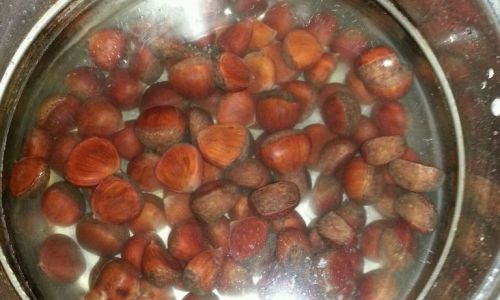
So, the next time you ask, “How long should I roast these chestnuts?” remember—the answer is as much about intuition as it is about minutes. Fire up your oven, grab your knife, and let the aromatic journey begin.
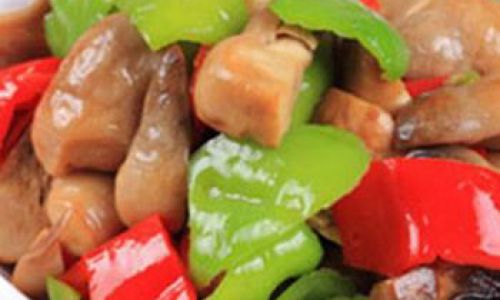
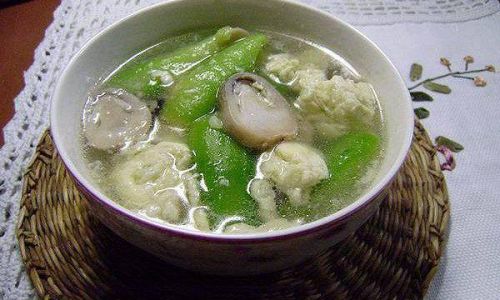

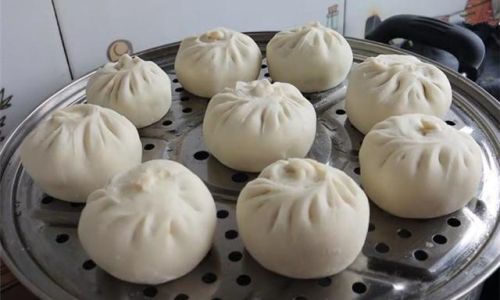
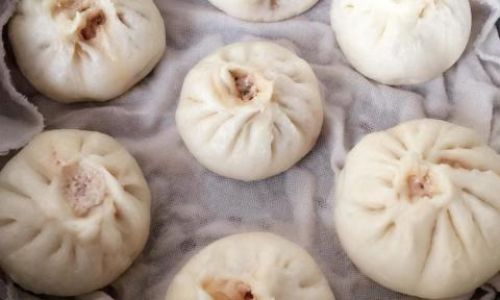
0 comments